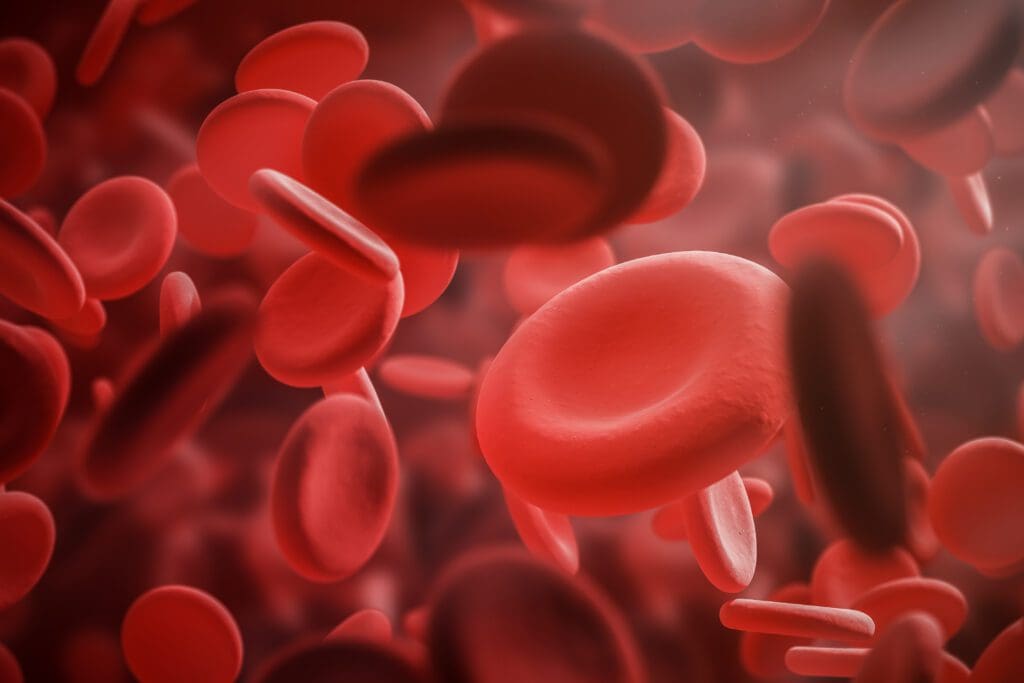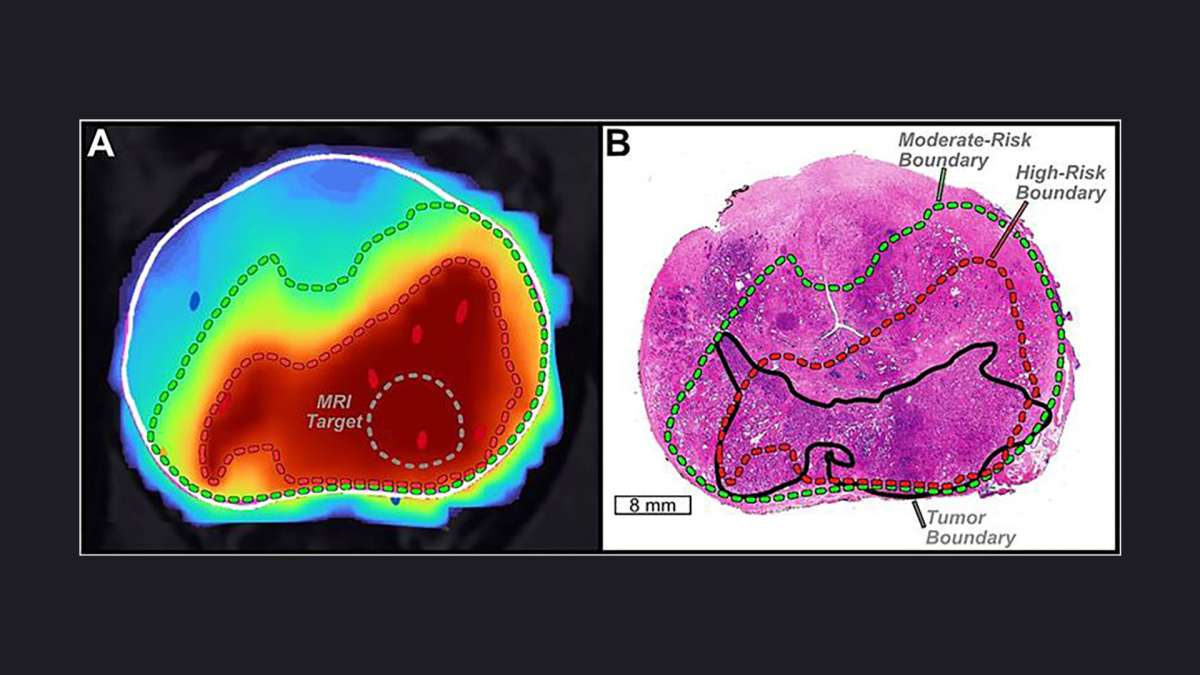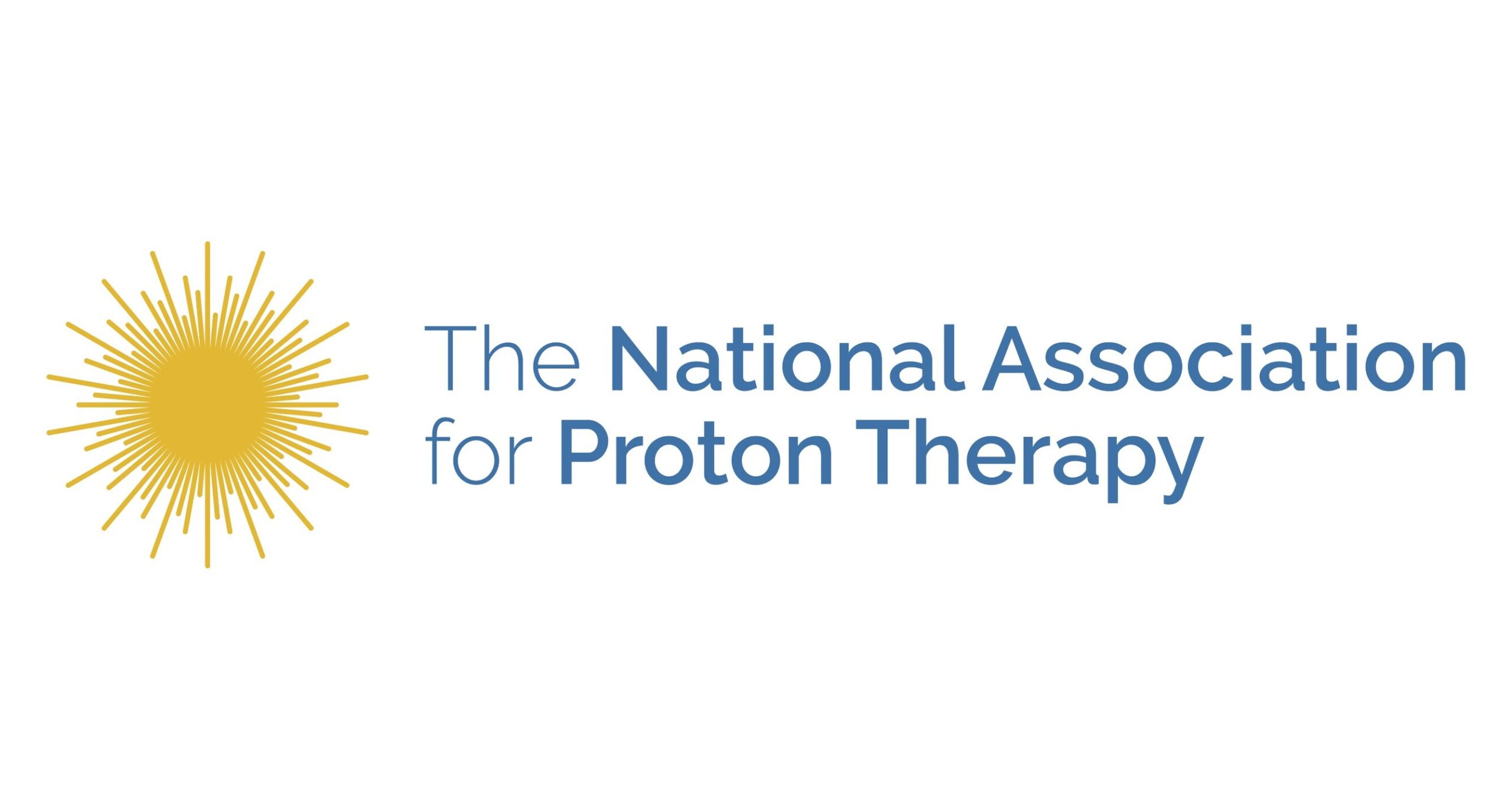After battling illness for years, Nancy Karipa tested positive for HIV in 1999. She had just given birth to her first child. “It was a crossroads moment for me, with the fear of denial, but I chose action,” Karipa, who is now in her 50s, said…
Category: 6. Health
-
Briefing note – Influenza A(H3N2) subclade K (J.2.4.1), considerations for the Americas Region – 11 December 2025 – PAHO/WHO
The Pan American Health Organization / World Health Organization (PAHO/WHO) is issuing this Briefing Note to inform Member States about the influenza A(H3N2) situation related to subclade K in various regions of the world and to reiterate the…
Continue Reading
-

Platelet-inspired nanoparticle delivers drugs directly where they are needed
[image courtesy of denisismagilov/Adobe Stock]
Researchers at Case Western Reserve University and Haima Therapeutics used a “platelet-inspired nanoparticle” to deliver an anti-inflammatory drug. The drug was designed to improve the performance…
Continue Reading
-
15-Minute Hepatitis C Test Could Unlock Same-Day Treatment – Inside Precision Medicine
- 15-Minute Hepatitis C Test Could Unlock Same-Day Treatment Inside Precision Medicine
- This 15 minute hepatitis C test could change everything ScienceDaily
- DASH platform (IMAGE) EurekAlert!
- New 15-Minute Rapid Test Revolutionizes Hepatitis C…
Continue Reading
-

NHS bracing for worst ever winter crisis in next fortnight amid rising flu cases | NHS
The NHS is bracing for its worst ever winter crisis in the next fortnight because of a worsening “flu-nami” that has left hospitals, GP surgeries and ambulances services under intense strain.
Hospitals are already treating record numbers of…
Continue Reading
-
Measles spread in Utah raises concern amid holiday gatherings – Deseret News
- Utah’s measles cases surged to at least 115, the highest in over 30 years.
- Contact tracing is crucial to curb measles spread effectively.
- Complications from measles threaten vulnerable populations like infants and immunocompromised people.
With…
Continue Reading
-

AI is helping doctors see prostate cancer more clearly and guide more effective treatments
For men facing prostate cancer, knowing exactly where the disease lies can make the difference between a targeted treatment and a more invasive procedure. At UCLA Health, researchers are harnessing artificial intelligence to map tumors…
Continue Reading
-

Microplastics Can Spread Dangerous Pathogens, Scientists Warn : ScienceAlert
Scientists are hard at work trying to assess the scale of our microplastic pollution problem and the likely health impacts. A new study now identifies several downstream health risks these tiny plastic fragments may pose as they traverse the…
Continue Reading
-

New Lancet Phase III Study Shows Proton Therapy Significantly Improves Survival and Reduces Toxicity in Head and Neck Cancers
- Ten percent higher 5-year overall survival rates in patients receiving precise proton therapy vs. traditional radiation therapy
- Patients had significantly fewer side effects and…
Continue Reading
-

Landmark Global Study on Ovarian Cancer Published in The Lancet Obstetrics, Gynaecology, & Women’s Health
TORONTO–(BUSINESS WIRE)–The World Ovarian Cancer Coalition announced that a groundbreaking international study, “Experiences of Women with Ovarian Cancer in 22 Low- and Middle- Income Countries (Every Woman Study™ LMIC): a…
Continue Reading
